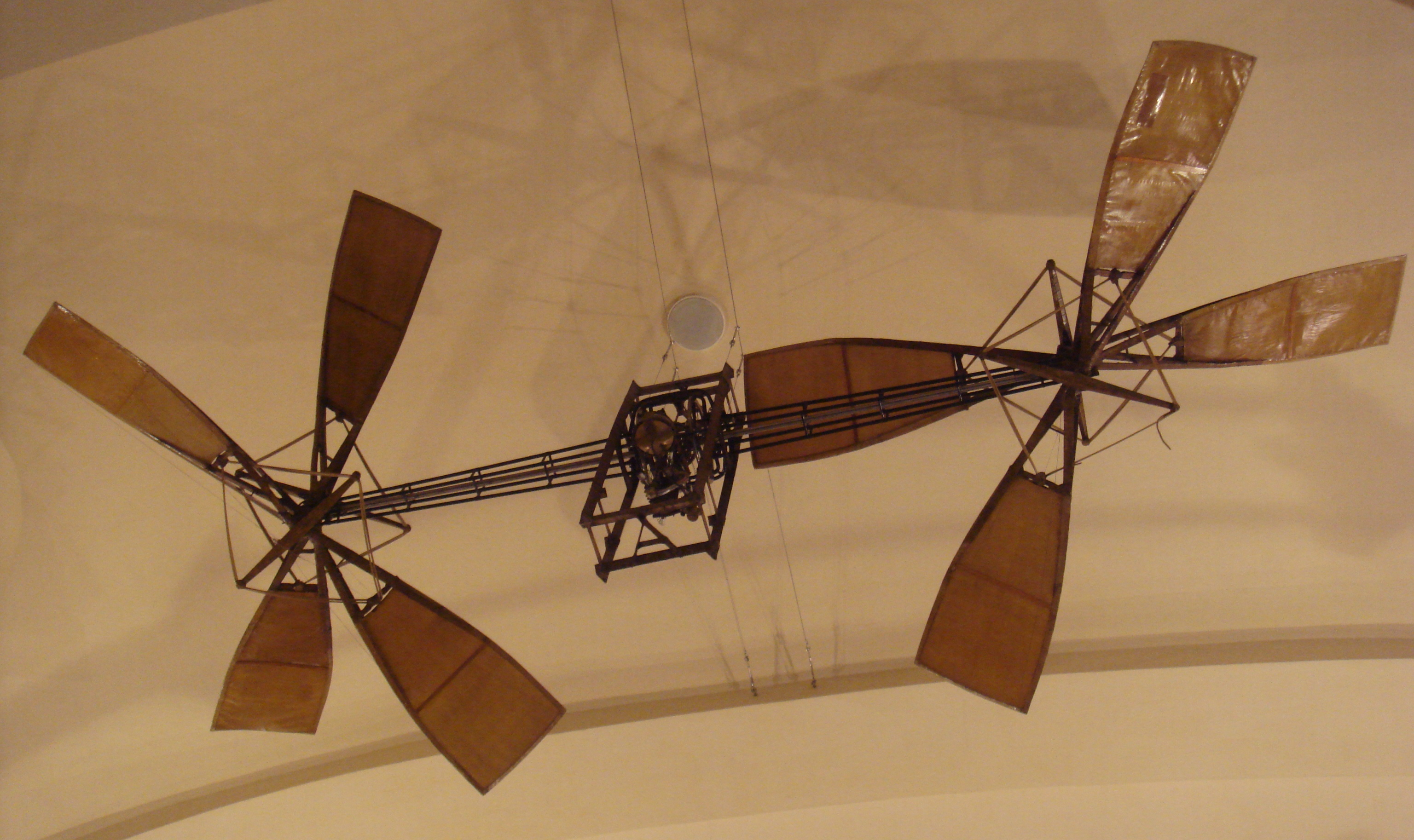Armand Dufaux on:
[Wikipedia]
[Google]
[Amazon]
 Armand Dufaux (1883–1941) was a Swiss
Armand Dufaux (1883–1941) was a Swiss 
 He and his brother, Henri, were natives of
He and his brother, Henri, were natives of
Swiss Museum of Transport info on Dufaux
Geneva air pioneers page, with timeline
1883 births 1941 deaths Aviation pioneers Engineers from Geneva Swiss aviators Swiss Air Force personnel {{switzerland-bio-stub
 Armand Dufaux (1883–1941) was a Swiss
Armand Dufaux (1883–1941) was a Swiss aviation
Aviation includes the activities surrounding mechanical flight and the aircraft industry. ''Aircraft'' includes fixed-wing and rotary-wing types, morphable wings, wing-less lifting bodies, as well as lighter-than-air craft such as hot a ...
pioneer who became famous for flying the length of Lake Geneva
, image = Lake Geneva by Sentinel-2.jpg
, caption = Satellite image
, image_bathymetry =
, caption_bathymetry =
, location = Switzerland, France
, coords =
, lake_type = Glacial la ...
in 1910.
His mother was Noémie de Rochefort-Luçay, daughter of French politician Henri Rochefort
Henri is an Estonian, Finnish, French, German and Luxembourgish form of the masculine given name Henry.
People with this given name
; French noblemen
:'' See the ' List of rulers named Henry' for Kings of France named Henri.''
* Henri I de Mon ...
and his father was Swiss artist Auguste Frederic Dufaux, known as Frederic. Armand was one of three children. His older brother Henri Dufaux was also an aviation pioneer. Their maternal grandfather Henri Rochefort financially supported his grandsons' initial aeronautic experiments

 He and his brother, Henri, were natives of
He and his brother, Henri, were natives of Geneva
, neighboring_municipalities= Carouge, Chêne-Bougeries, Cologny, Lancy, Grand-Saconnex, Pregny-Chambésy, Vernier, Veyrier
, website = https://www.geneve.ch/
Geneva ( ; french: Genève ) frp, Genèva ; german: link=no, Genf ; it, Ginevr ...
. Their first design was a model helicopter
A helicopter is a type of rotorcraft in which lift and thrust are supplied by horizontally spinning rotors. This allows the helicopter to take off and land vertically, to hover, and to fly forward, backward and laterally. These attributes ...
weighing , which successfully achieved flight in April 1905. This was followed by a triplane
A triplane is a fixed-wing aircraft equipped with three vertically stacked wing planes. Tailplanes and canard foreplanes are not normally included in this count, although they occasionally are.
Design principles
The triplane arrangement m ...
that was unable to fly, then a third design that crashed on its first flight.
The Dufaux 4 __NOTOC__
The Dufaux 4 was an experimental aircraft built in Switzerland in 1909 and which was originally constructed as an unnamed biplane, the third aircraft constructed by the brothers Armand and Henri Dufaux. The aircraft was entirely con ...
was their first successful craft. On 28 August 1910, Armand flew it from St. Gingolph to Geneva (about in just 56 minutes and 5 seconds, and winning the Perrot-Duval prize of 5,000 Swiss francs for the feat.
Later that year, the brothers established an aircraft business, and in 1911, sold their Dufaux 5 to 18-year-old Ernest Failloubaz.
A stamp of the Swiss Post published in 1977 is reminiscent of the joint work of the brothers. "The Dufaux brothers can make use of the engine flight in Switzerland from the stage of experimentation, the theory, into practice."
The Dufaux 4 is today on display at the Swiss Transport Museum
The Swiss Museum of Transport or Verkehrshaus der Schweiz (literally "Transportation House of Switzerland") in Lucerne opened in July 1959 and exhibits all forms of transport including trains, automobiles, ships and aircraft as well as communicati ...
. In 1997, Armand Dufaux was honored on a Swiss postage stamp
A postage stamp is a small piece of paper issued by a post office, postal administration, or other authorized vendors to customers who pay postage (the cost involved in moving, insuring, or registering mail), who then affix the stamp to the f ...
, as one of four pioneers of Swiss aviation.
References
External links
Swiss Museum of Transport info on Dufaux
Geneva air pioneers page, with timeline
1883 births 1941 deaths Aviation pioneers Engineers from Geneva Swiss aviators Swiss Air Force personnel {{switzerland-bio-stub